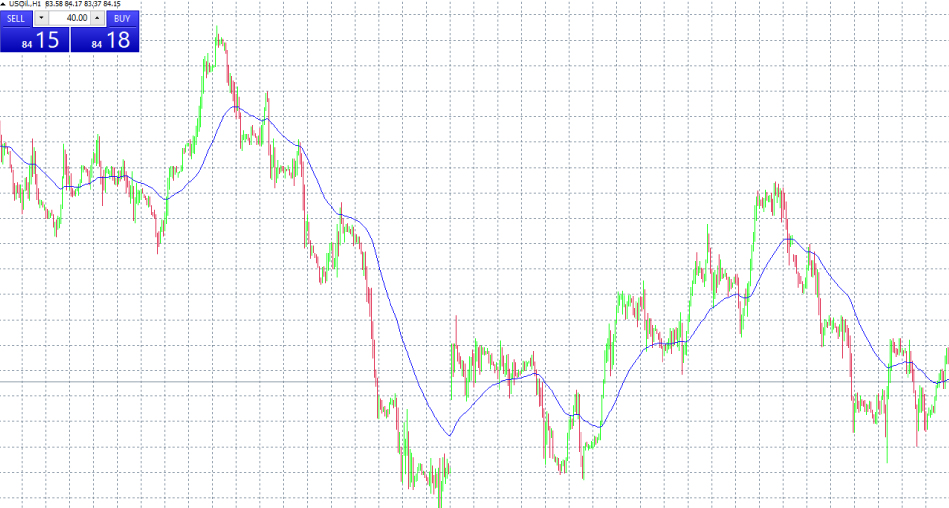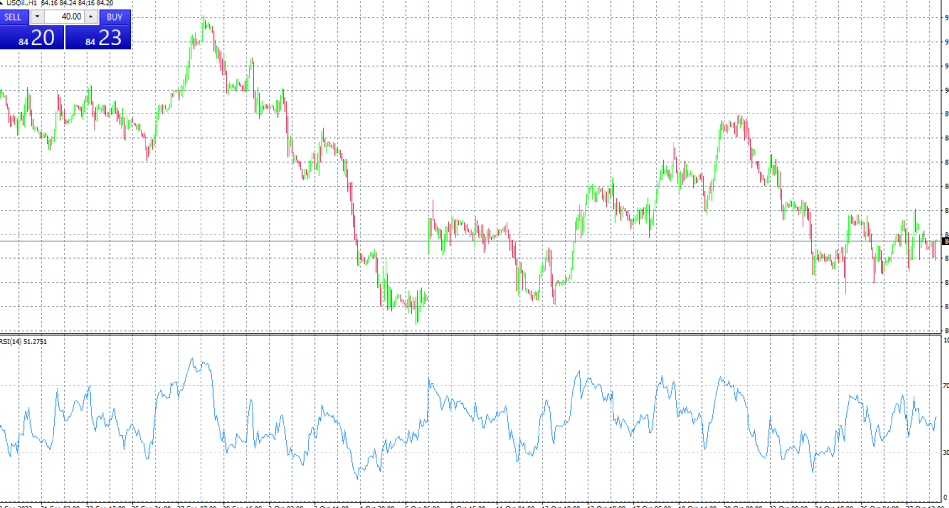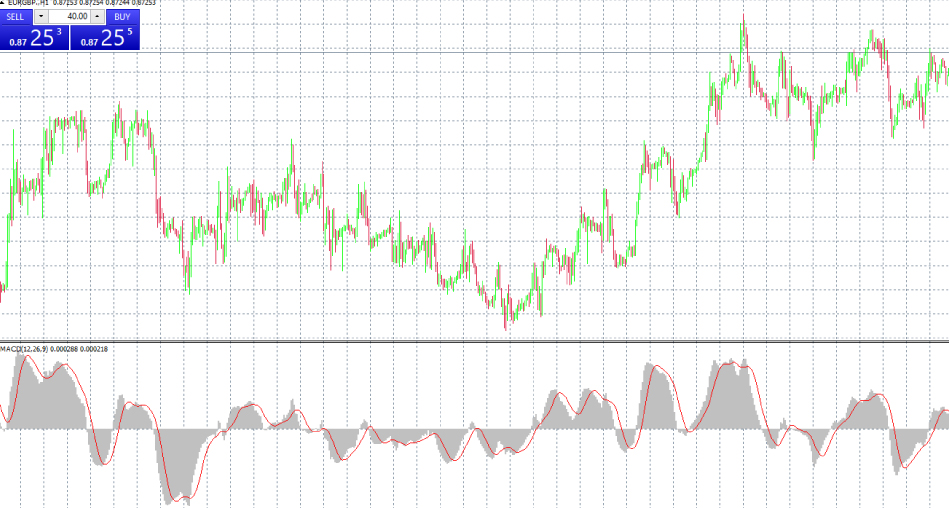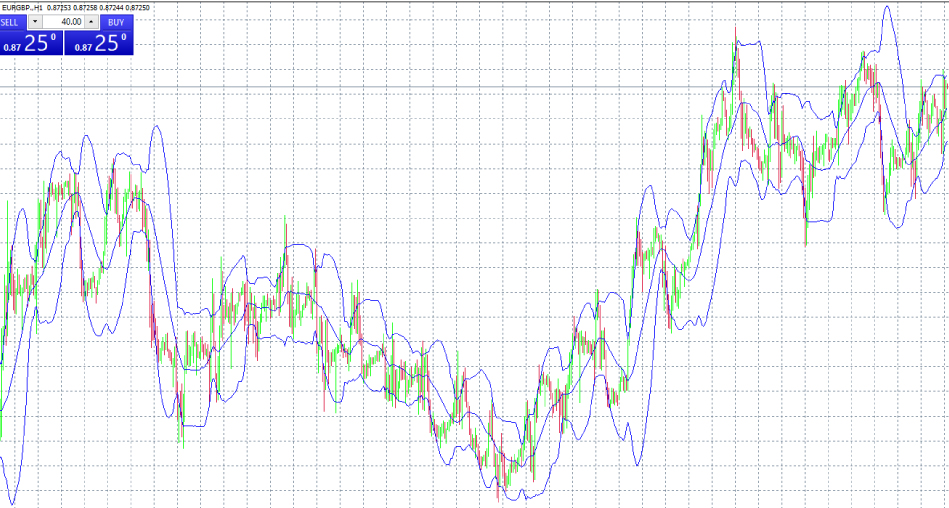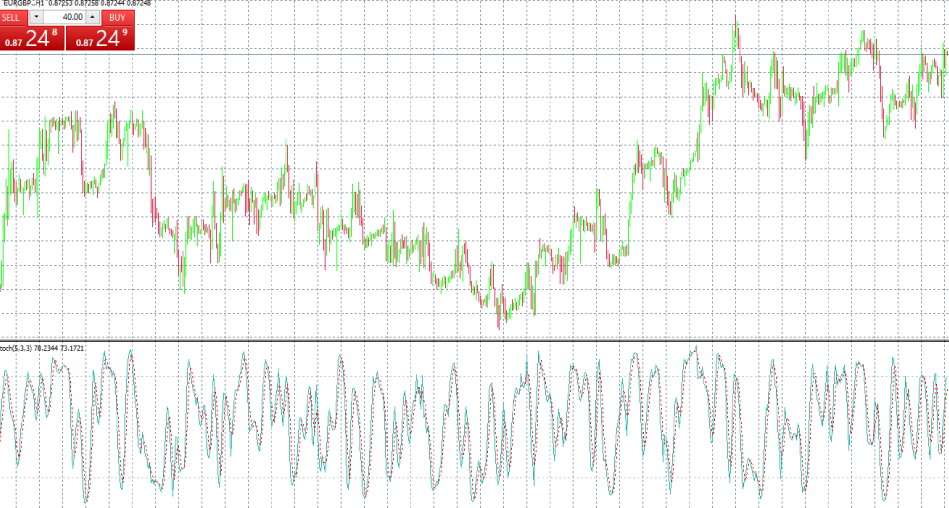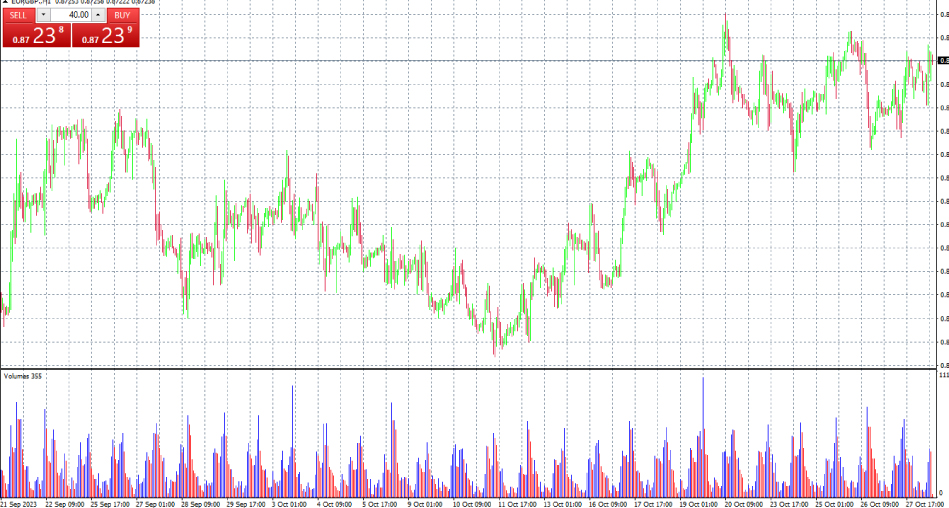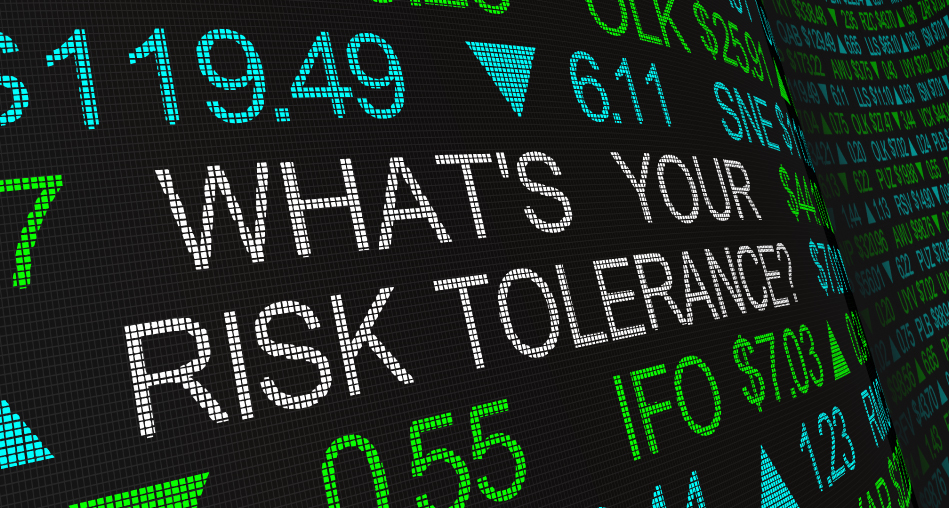Hello, Investors!
As the festive season approaches, there’s a phenomenon in the stock market that often catches the eye of traders and analysts alike – the “Bad Santa” Christmas stock market rally. But what exactly is this phenomenon, and why does it matter to investors like you? Let’s dive in.
What is the “Bad Santa” Rally?
Traditionally, the stock market experiences a ‘Santa Claus Rally’ during the last week of December and the first couple of trading days in January. This is typically a period of increased stock prices, attributed to holiday cheer, tax considerations, and institutional investors settling their books.
However, there are years when this expected rally turns into what’s colloquially known as a “Bad Santa” rally. This refers to a scenario where, contrary to expectations, the market experiences a downturn or increased volatility during these festive days.
Causes of a “Bad Santa” Rally
Several factors can contribute to a “Bad Santa” rally:
1. Economic Indicators: Negative economic data or forecasts can dampen investor sentiment, leading to sell-offs.
2. Geopolitical Tensions: Global uncertainties or political instability can make investors cautious, impacting markets.
3. End-of-Year Portfolio Adjustments: Sometimes, institutional investors might rebalance or adjust portfolios for tax purposes, leading to unexpected market movements.
4. Low Trading Volumes: With many investors on holiday, lower trading volumes can lead to increased volatility.
How Should Investors Respond?
If you find yourself in the middle of a “Bad Santa” rally, here are a few tips:
– Stay Calm: Market fluctuations are normal. Avoid making hasty decisions based on short-term movements.
– Review Your Strategy: Ensure your investment strategy aligns with your long-term goals and risk tolerance.
– Opportunity to Buy: Sometimes, a downturn can present buying opportunities for undervalued stocks.
– Stay Informed: Keep an eye on market news and trends to make informed decisions.
Conclusion
While the “Bad Santa” rally might sound ominous, it’s just another aspect of the ever-dynamic stock market. Understanding these trends helps in making informed investment decisions and maintaining a healthy portfolio.
Here’s to making smart moves this holiday season and beyond!












